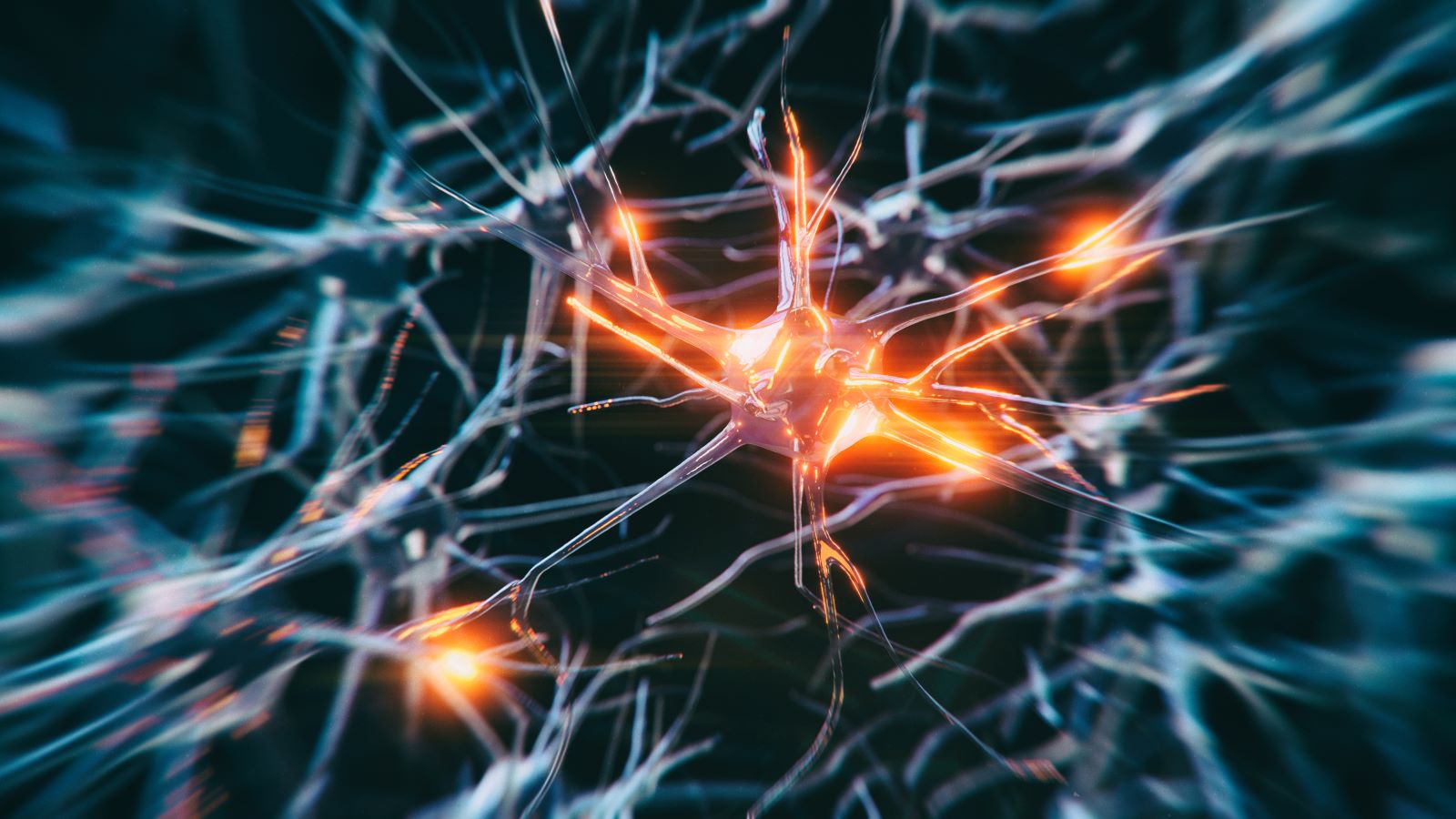<< Back
Why Christina Applegate May Have Missed Early Multiple Sclerosis Symptoms

December 05, 2022
The finale of the series “Dead to Me” proved emotional – not just for those who loved the show, but also for fans of actress Christina Applegate. After being diagnosed with multiple sclerosis last year, Applegate announced that the role would likely be her last.
The popular Netflix show featured Applegate as a real estate agent trying a variety of outlets to manage the grief over losing her husband. Diagnosed with the neurologic disease last season after admitting she overlooked symptoms early on, the actress wanted to bring the show through to a logical conclusion for the fans even as she appeared increasingly challenged by its symptoms, especially balance issues.
“Unfortunately, because many of the symptoms that people with MS experience are nonspecific, they can be easily overlooked and attributed to other medical issues or life circumstances,” notes Brian Wong, MD, a MS specialist with the Hartford HealthCare Ayer Neuroscience Institute Multiple Sclerosis Center. “Common MS symptoms such as fatigue, muscle pains or cognitive difficulties can impact individuals with the condition, but can also occur in people who have physically demanding jobs or during periods of decreased sleep.”
> Connect with the Multiple Sclerosis Center
The impact of MS
“MS can impact mobility, balance, energy level and cognition. These symptoms may influence a person’s decision to continue or stop working,” he says.
The condition can also cause pain, which fans noticed in Applegate in the show’s last episodes.
“Individuals may experience neuropathic pain which can feel like electric shocks, burning or pins and needles sensation. Or, they may experience muscle tightness or spasms,” Dr. Wong says. “Medications can help alleviate these symptoms when they impact a person’s day-to-day functioning.”
> Want more health news? Text StartHere to 85209 to sign up for text alerts
Understanding MS
MS is an autoimmune disease affecting the brain and spinal cord. When it occurs, it disrupts the brain’s communication with other parts of the body. Its cause is unknown but scientists have identified genetic and environmental risk factors for the condition.